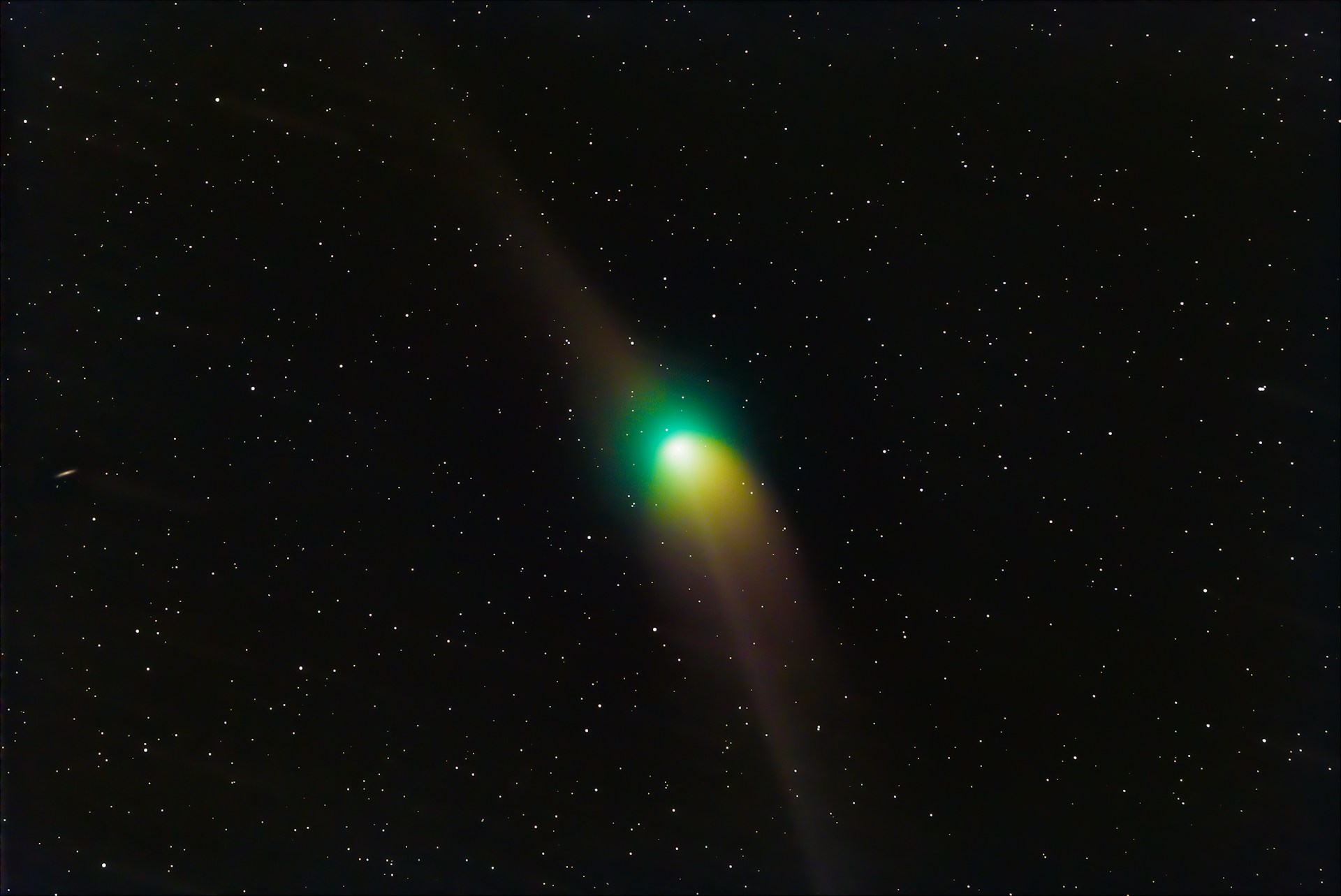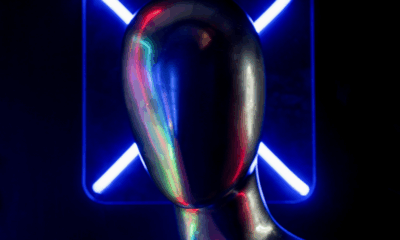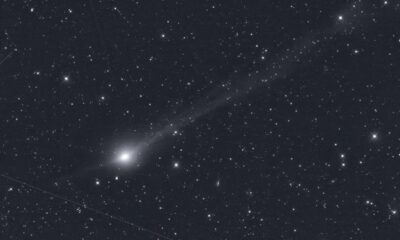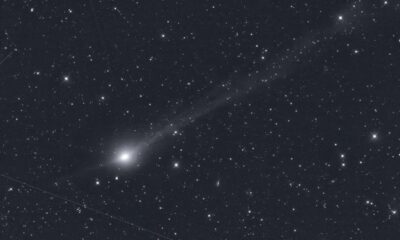Science
Scientist Claims 3I/ATLAS Is Artificial, Fuels Alien Debate

An astonishing revelation regarding the interstellar object known as 3I/ATLAS has sparked intense debate among scientists and the public alike. Dr. Aris Thorne, a materials scientist reportedly advising the US Department of Homeland Security, claims that 3I/ATLAS is constructed from an “artificial composite material.” This assertion raises profound questions about the object’s origins and whether it is a product of an advanced, intelligent civilization.
First detected on July 1, 2025, by the ATLAS telescope in Hawaii, 3I/ATLAS quickly captured the attention of the astronomical community. Its trajectory, marked by an extraordinary speed, suggested it was no ordinary comet or asteroid. As the third interstellar object confirmed, following 1I/ʻOumuamua in 2017 and 2I/Borisov in 2019, 3I/ATLAS measures an impressive 5.6 kilometers wide, adding to its intrigue.
Significant speculation surrounding 3I/ATLAS comes from Harvard astrophysicist Avi Loeb. He posits that the object may not be natural. Recent analyses of its gas plume revealed it venting nickel but lacking iron, a chemical signature never observed in a natural celestial body. Loeb highlights that the emitted compound, nickel tetracarbonyl, is primarily associated with industrial manufacturing, particularly for aerospace technology.
Adding to the mystery, 3I/ATLAS has displayed an unusual “anti-tail,” a jet of material that appeared to point directly towards the sun. Observations have further indicated that this object has now “flipped” its jet, with the anti-tail disappearing and being replaced by a classic tail directed away from the sun. Some researchers interpret this behavior as indicative of controlled acceleration and braking, raising eyebrows among astrophysicists.
The orbit of 3I/ATLAS also piques interest, as its alignment is within only five degrees of the ecliptic plane of the planets, which suggests a rare occurrence with a one-in-500 probability. These anomalies have led many to speculate that 3I/ATLAS is not merely a simple rock or ice formation.
Despite these assertions, skepticism remains. Criticism has arisen concerning NASA’s lack of high-resolution images of 3I/ATLAS taken by the Mars Reconnaissance Orbiter. Additionally, unverified reports from a source within the European Space Agency (ESA) claimed the object is producing a constant “engine-like sound.” Observers have noted that the official narrative appears to minimize the more extraordinary possibilities surrounding the object.
As speculation intensifies, many are left to ponder whether humanity’s first contact with an extraterrestrial artifact is already unfolding. With 3I/ATLAS set to make its closest approach to the sun on October 29, 2025, the scientific community and the public alike await critical observations that may either confirm the prevailing theories or challenge our understanding of the cosmos.
As the mysterious object continues its silent journey through the solar system, the world stands at a crossroads. Is 3I/ATLAS a natural anomaly that merely resembles industrial processes, or does it provide definitive proof that we are not alone in the universe? The upcoming encounter may offer answers to questions that have long captivated humanity’s imagination.
-

 Entertainment3 months ago
Entertainment3 months agoAnn Ming Reflects on ITV’s ‘I Fought the Law’ Drama
-

 Entertainment4 months ago
Entertainment4 months agoKate Garraway Sells £2 Million Home Amid Financial Struggles
-

 Health3 months ago
Health3 months agoKatie Price Faces New Health Concerns After Cancer Symptoms Resurface
-

 Entertainment2 weeks ago
Entertainment2 weeks agoCoronation Street Fans React as Todd Faces Heartbreaking Choice
-

 Entertainment3 months ago
Entertainment3 months agoCoronation Street’s Carl Webster Faces Trouble with New Affairs
-

 World3 weeks ago
World3 weeks agoBailey Announces Heartbreaking Split from Rebecca After Reunion
-

 Entertainment3 months ago
Entertainment3 months agoWhere is Tinder Swindler Simon Leviev? Latest Updates Revealed
-

 Entertainment4 months ago
Entertainment4 months agoMarkiplier Addresses AI Controversy During Livestream Response
-

 Science2 months ago
Science2 months agoBrian Cox Addresses Claims of Alien Probe in 3I/ATLAS Discovery
-

 Health5 months ago
Health5 months agoCarol Vorderman Reflects on Health Scare and Family Support
-

 Entertainment4 months ago
Entertainment4 months agoKim Cattrall Posts Cryptic Message After HBO’s Sequel Cancellation
-

 Entertainment3 months ago
Entertainment3 months agoOlivia Attwood Opens Up About Fallout with Former Best Friend





















